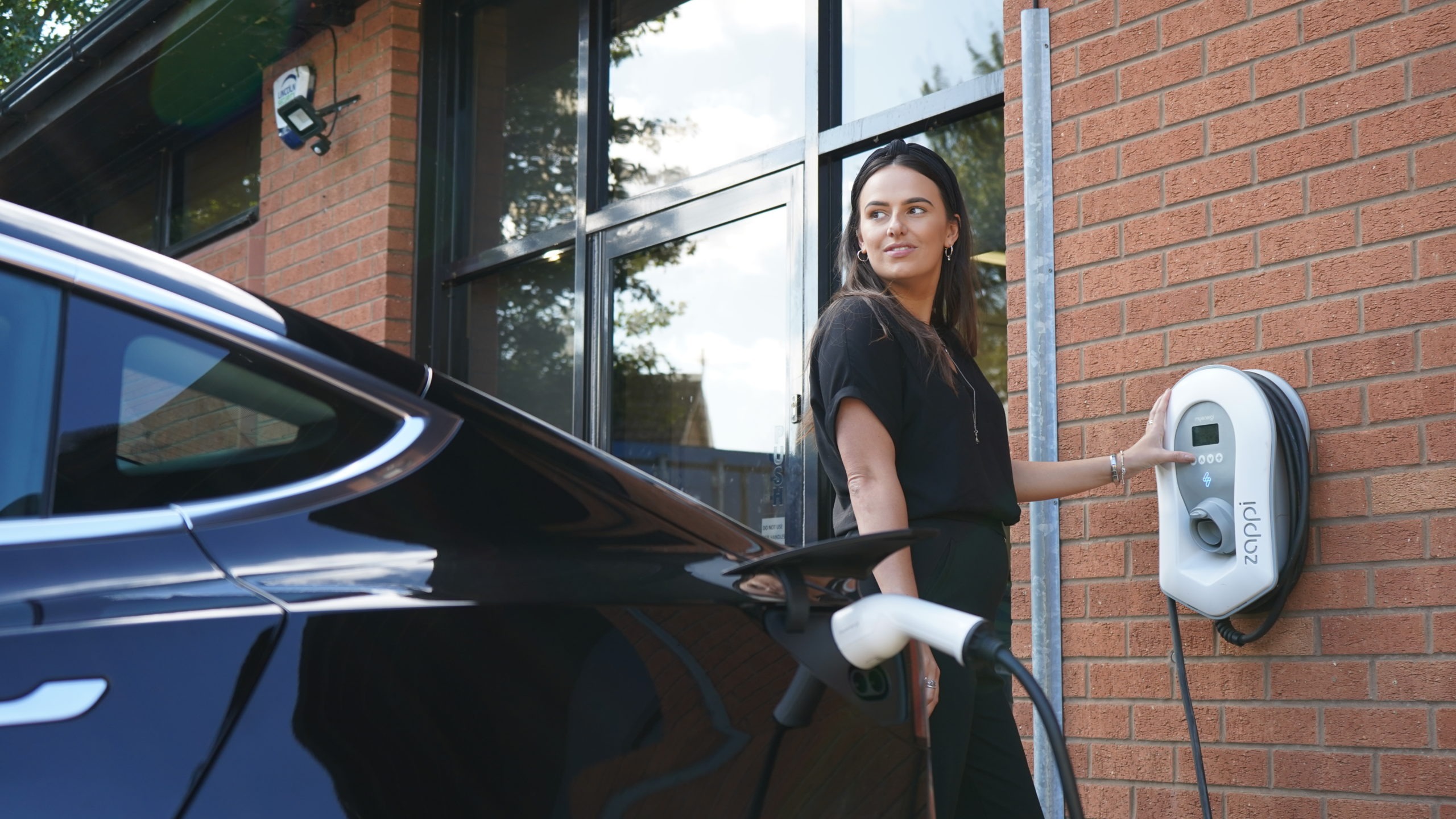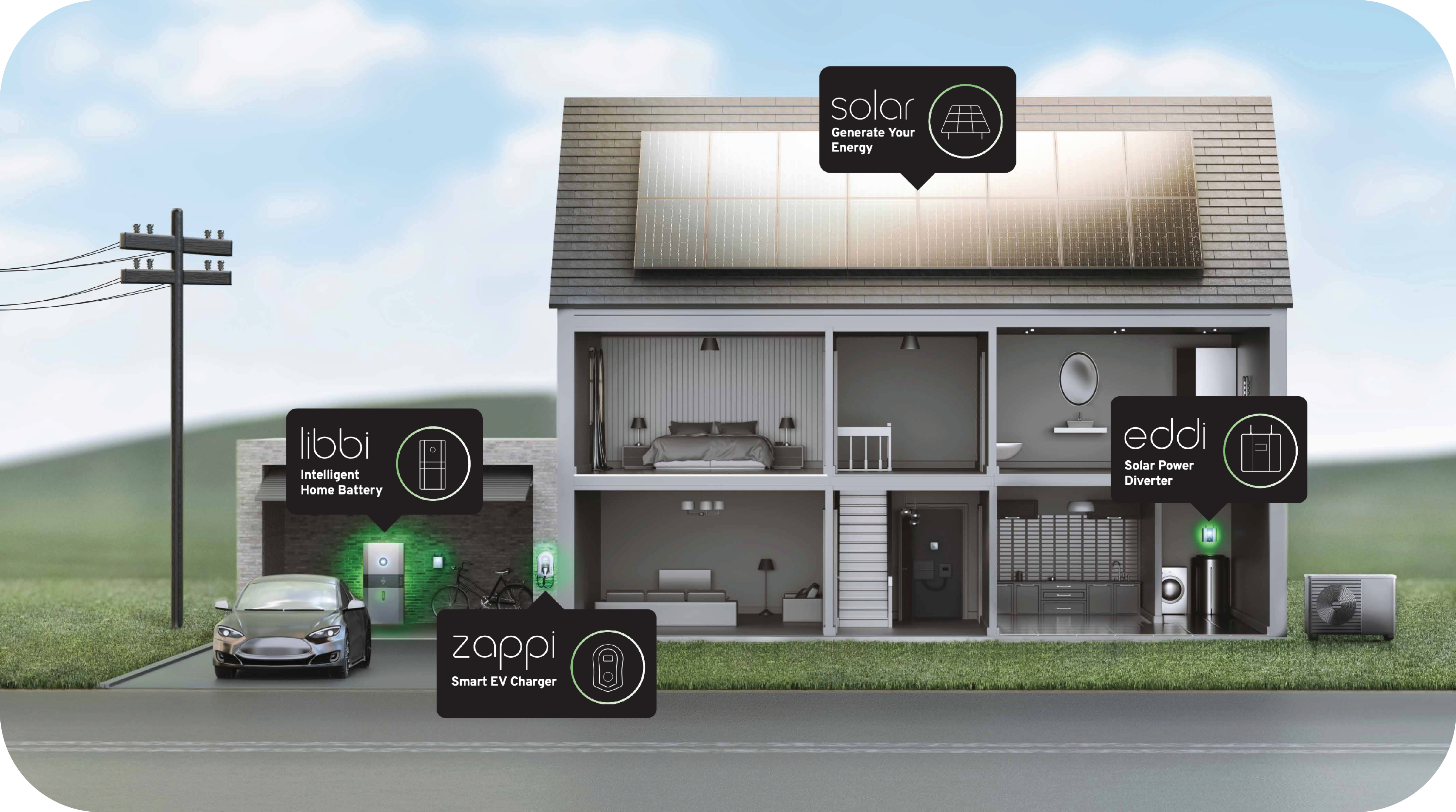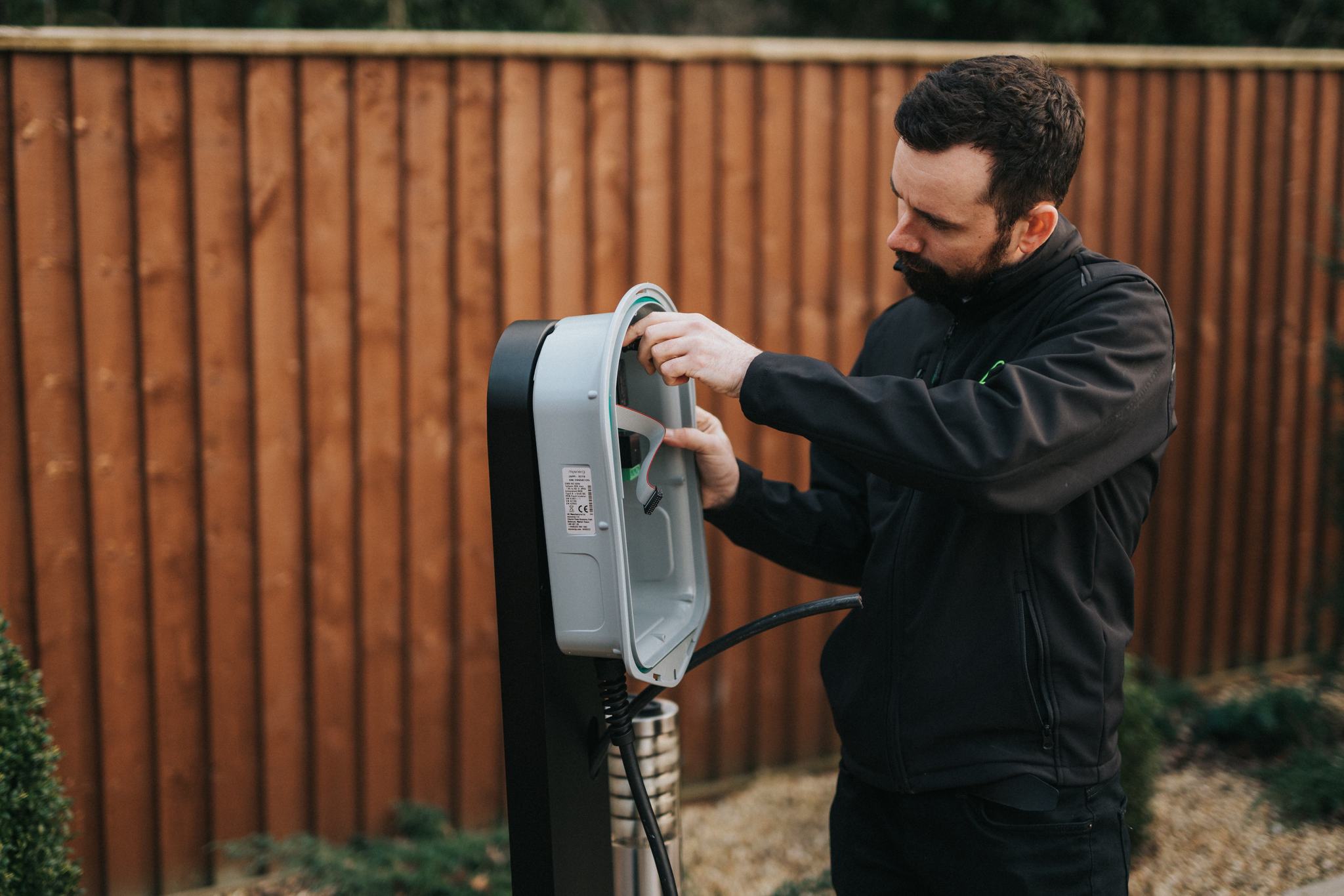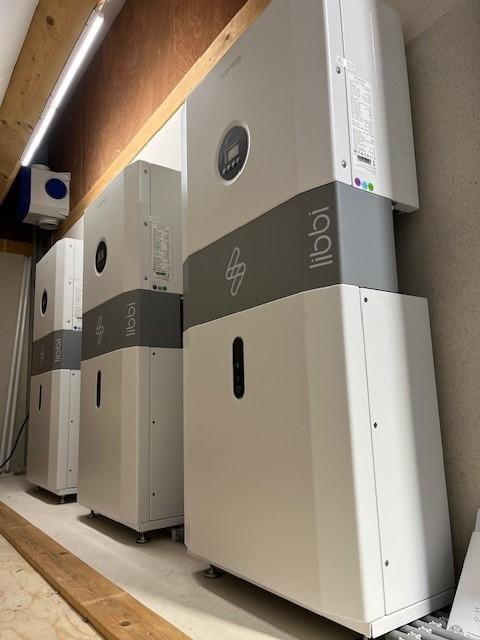Charging an electric car can be done at a (private) charging station or at a commercial charging station. How does it work and what is the cheapest way to charge your car? We would like to answer your questions below.
An electric car runs by means of a battery that you need to charge. You can charge on the road at a charging station or charge at a charging station at home or on the street.
In this article, we will tell you more about:
- How can I charge my electric car?
- How long does it take to charge?
- What does charging cost?
- How can I charge my electric car at home?
- Is it safe to charge at home?
- What is the advantage of zappi?
- Charging an electric car with solar panels

How can I charge my electric car?
You use a charging cable to charge your electric car. In the Netherlands, a type-2 plug, also known as a Mennekes plug, is used for electric cars. If you want to charge your car at home, you will need your own charging station or wall charger. Will you be charging your car on the road? Then you often need a charging card or app to make use of public facilities.
How long does it take to charge?
The charging time depends on the size of your battery in kW and the speed of charging in kWh. For an average battery of 54kWh, a 50kWh public charger will take about 64 minutes to fully charge the car. An average home charger of 7kWh will take about 7 hours and 42 minutes.

What does charging cost?
Charging your electric car at home is the cheapest. This is because you then pay the "normal" electricity price. On average, the electricity price is between €0.22 and €0.25 per kWh. However, you will first need to purchase an EV charger for your home.
Charging at public charging stations can vary greatly in price. On average you will quickly arrive at €0.41 per kWh. At a fast charger, it is even €0.60 per kWh. In addition, some neighborhoods with public charging stations have paid parking. These costs are then added when you charge your electric car.
How can I charge my electric car at home?
Do you have your own garage or driveway? Then you can have your own charging station or wall charger installed. How fast you can charge at home depends on your power connection. With a single-phase connection, you can charge less quickly than with a three-phase connection. In some cases it is also wise to use a power distributor in your meter cupboard. Do you cook with an induction hob or use a heat pump? These devices also consume power, just like your electric car.
Is it safe to charge at home?
When you have your charging station or wall charger installed by a licensed installer, you can safely charge your electric car at home. There are strict requirements in Europe that a charging station and wall charger must meet. It is not wise to charge your electric car via a normal wall socket. The charging cable can then get too hot and cause a fire. Get your charging station installed by a professional.
Are you using zappi? Then you have the only EV charger with built-in PEN fault technology, which is the safest choice when it comes to electric charging. Earthing pins are unnecessary, so you have no extra costs and can easily install your charger. EV charger zappi also allows you to control, monitor and update your charger from your phone, tablet or computer.

What is the advantage of zappi?
zappi is one of the most future-proof EV chargers on the market. It is a smart eco-charger that makes it easy to use solar and wind energy that you generate yourself. You can also use zappi as a plug and go charger via power from the grid. The advantage of zappi is that the system can be set to off-peak tariffs. So you can charge your electric car during the most advantageous times. zappi is available in a 7kWh or 22kWh version with a type 2 cable in black or white.
Charging an electric car with solar panels
Now the balancing scheme for solar panels is being phased out, many owners are wondering how they themselves can still benefit from their surplus solar energy. After all, you will no longer receive compensation for it after 2023 when you feed it back into the grid. One way you can take maximum advantage of your self-generated energy is to use it to charge your electric car. This makes it even cheaper to charge at home.
EV charger zappi has a smart feature that allows it to communicate with your solar panels. It does so through a small device called harvi. Harvi is able to exchange data with other myenergi devices. Thanks to harvi your surplus energy does not go straight back to the grid, but is first checked to see if it can be used by your own devices. For example, zappi allows you to charge your electric car with the surplus and provides eddi ensure that your water is heated with it. How your solar energy is used depends on your preferences and which mode you select.

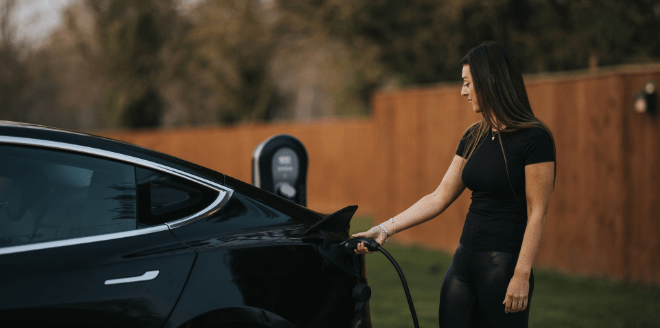 EV charging
EV charging Manage your energy
Manage your energy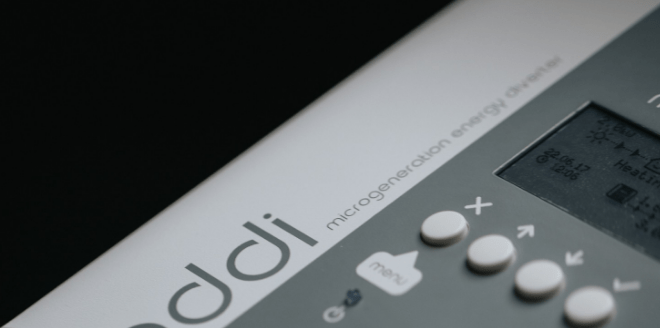 Maximize your energy
Maximize your energy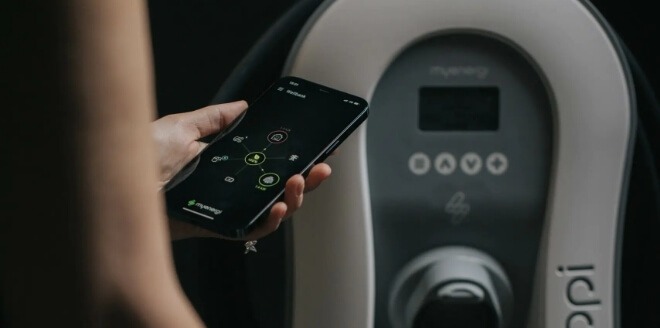 Monitor your energy
Monitor your energy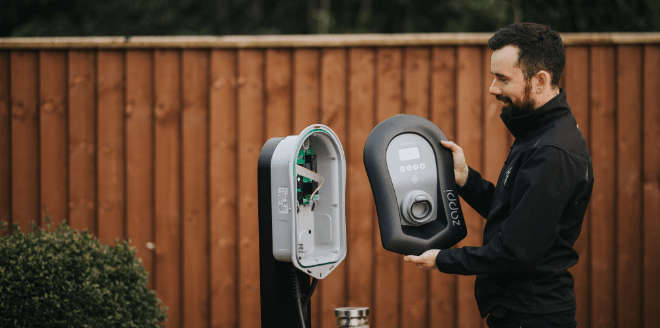 Find an installer
Find an installer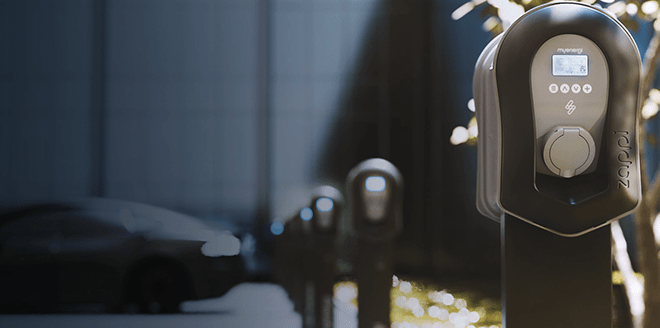 Business charging station
Business charging station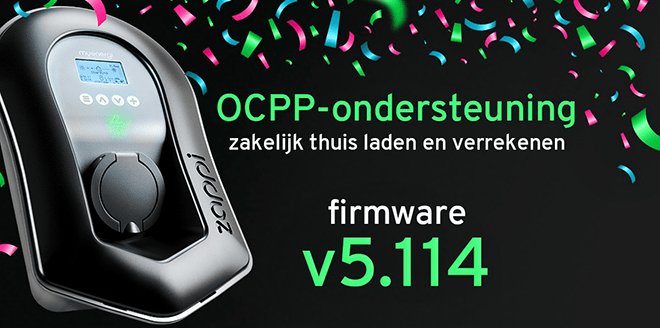 Pair zappi with a management platform
Pair zappi with a management platform